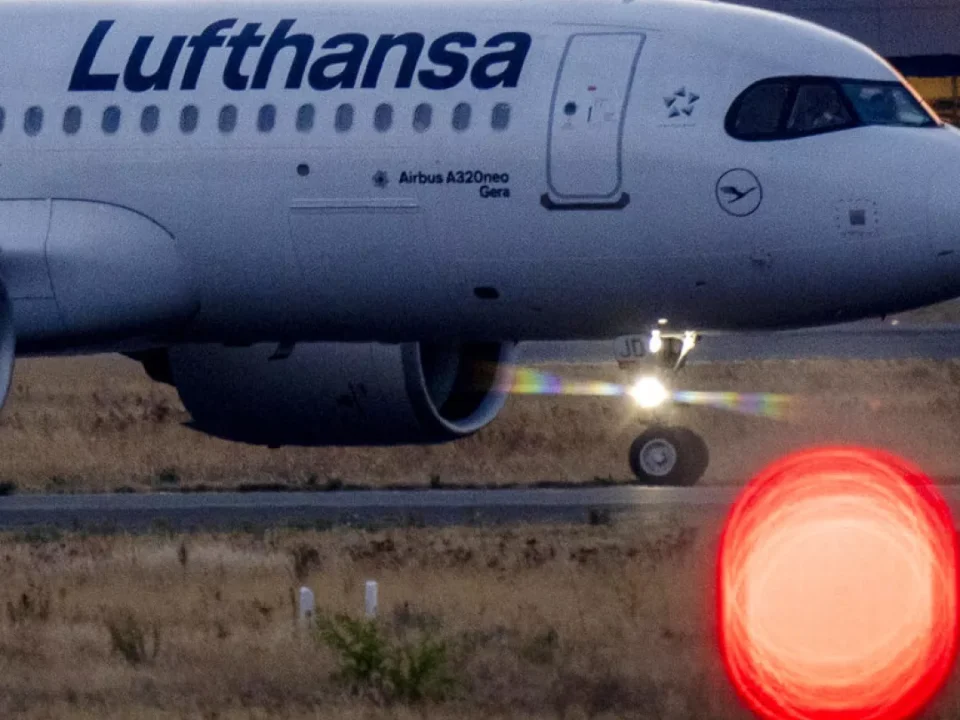With transport in general changing making the transition to a more sustainable way, one wonders if air travel will change. Airbus gives its own answer to this question, showing us its bold ideas with touchscreen windows and forest-like interiors. In addition to the Airspace Cabin Vision 2035+ concept, Airbus is also working on greener propulsion options, including the aforementioned ZEROe hydrogen-powered aircraft and the all-electric CityAirbus NextGen eVTOL, which will take off in 2030.
Unveiled ahead of next week’s Aircraft Interiors Expo (AIX) in Hamburg, the ‘Airbus Airspace Cabin Vision 2035+’ brings sustainability to the forefront, with the manufacturer noting that cabins can contribute up to 20% of an aircraft’s environmental impact over its lifecycle.
In an effort to reduce this, it has sought input from ten airlines, including Air New Zealand, Delta and Lufthansa, as well as eight technology companies on ways to not only reduce weight and emissions but also reuse and recycle. They also had some great ideas for both the traditional single-aisle and futuristic ZEROe hydrogen-powered single-aisle and futuristic BWB jets, which they plan to have in the skies by 2035.
Passengers will be able to choose meals on short-haul flights, as well as pre-order on longer journeys. This could lead to a 15% reduction in waste, while cutting down on trolleys (and their associated weight) by up to 35%. After scanning a QR code, a lunch box emerges from a locker, ready to be carried on the flight. The sushi and salads are ready!
Airbus aims to further reduce weight and waste through its material choices, proposing seats made from bio-based fabrics (derived from crops such as corn and sugar cane), walls made from 3D knitted materials and water recycling even after each rinse.



